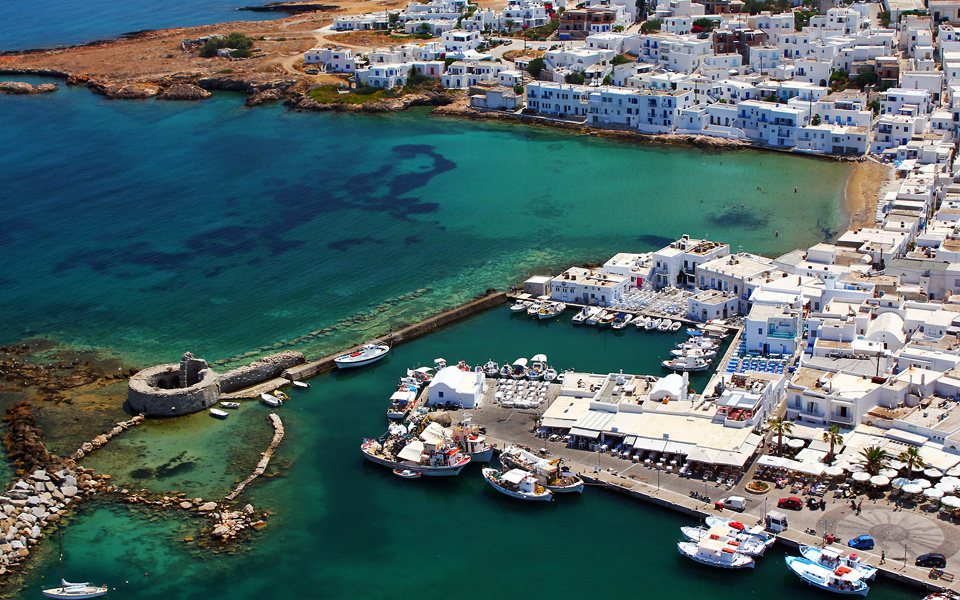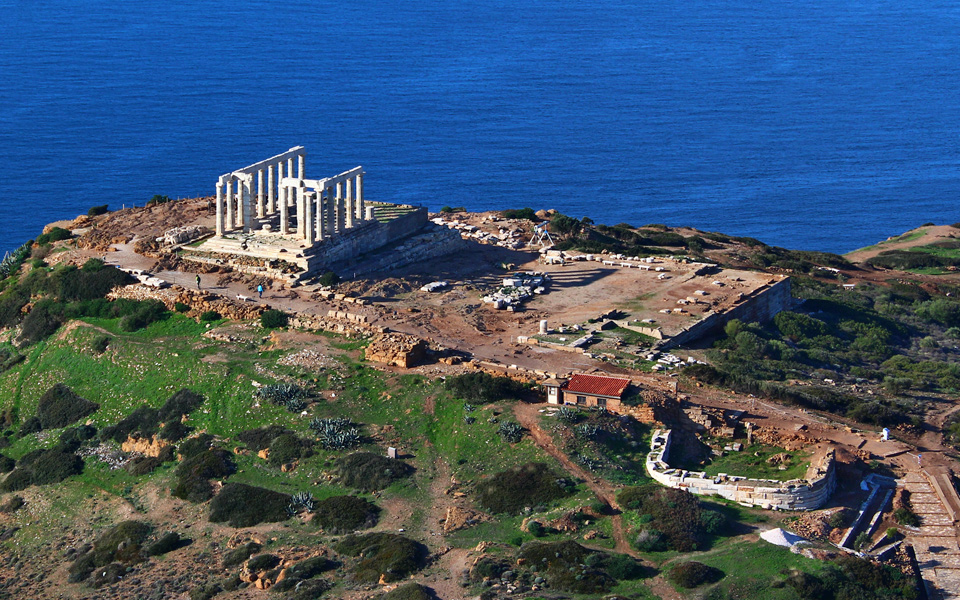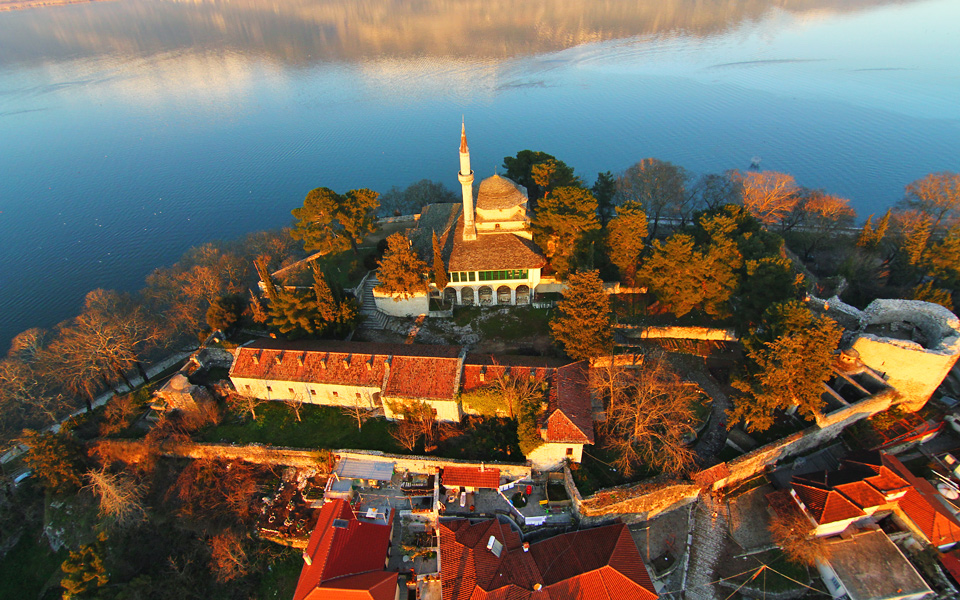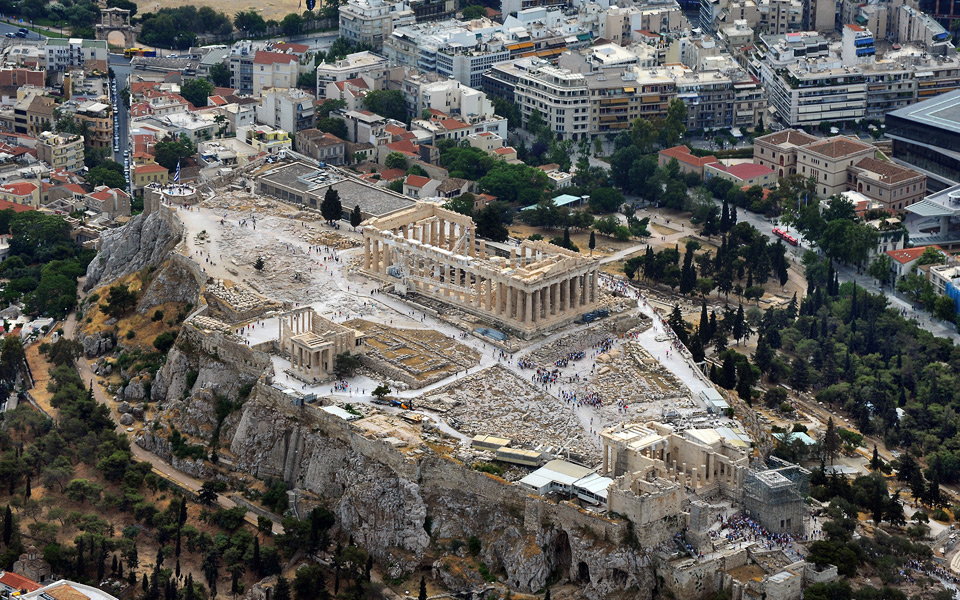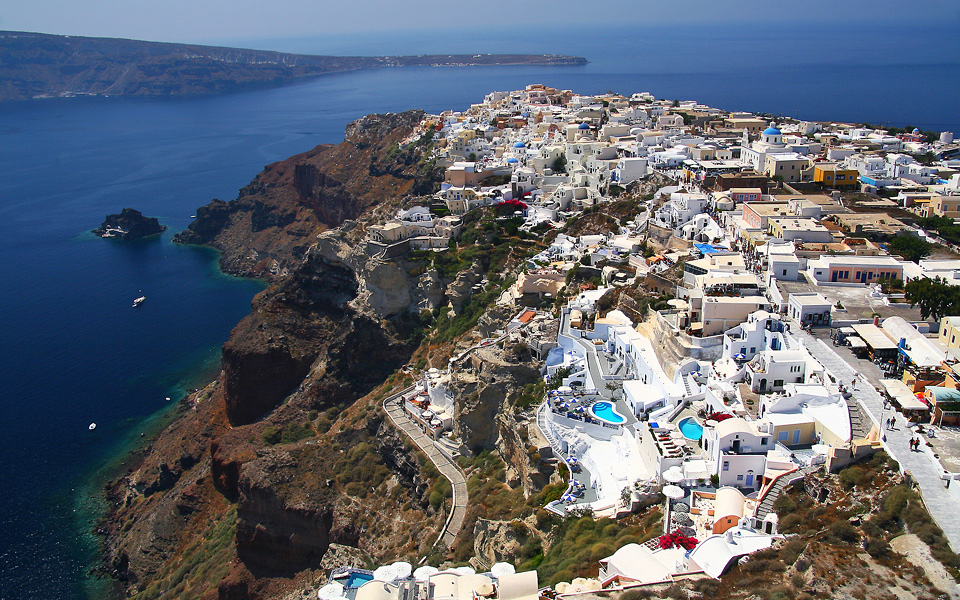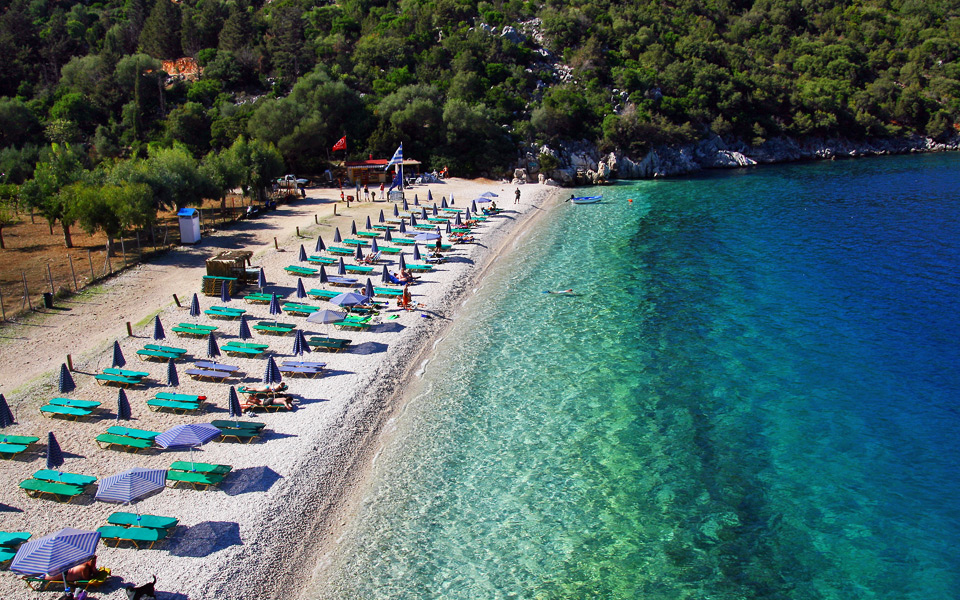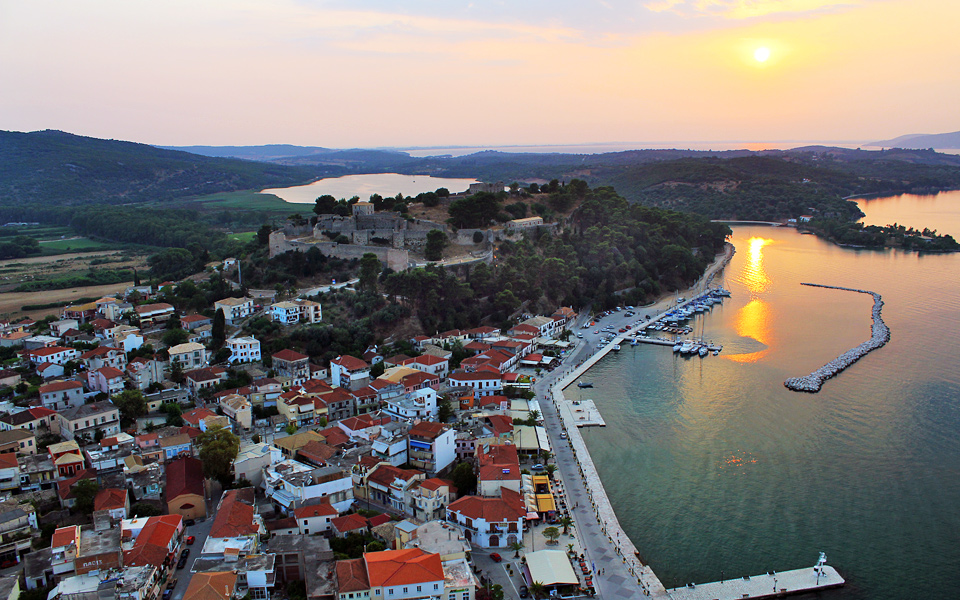According to mythology, Icarus and his father, the Athenian master craftsman Daedalus, were imprisoned by King Minos, as an act of revenge, in the Labyrinth that had been created by the craftsman himself as confinement for the Minotaur in Crete. As a means of escape, Daedalus fashioned two pairs of wings out of wax – and warned his son to not fly too close to the sun. Icarus, however, did, his wings melted, and the young man plunged into the sea, which was then named after him.
Similarly, a flight embarked on by experienced aerial photographer Hrysostomos Fountis with his paramotor, a powered paraglider, at midday on August 18, 2013, for aerial shots of a solar park in Karditsa in central Greece, proved fatal. The hot winds above the solar park caused his paraglider to fold suddenly. The photographer’s passion ended up taking his life at the age of 44. He left behind a true national treasure of an archive as a legacy.
Over a 17-year career, Fountis accumulated some 700,000 aerial photographs representing roughly 160 parts of Greece and two-thirds of Cyprus, including close-up aerial shots of archaeological monuments. In the pre-drone era, his expertise was in high demand; he was often commissioned by Greece’s Culture Ministry and also took on projects for UNESCO.
Fountis was able to fly at altitudes ranging from 1,000 to 150 feet. This low altitude, which would not have allowed sufficient time for a parachute to open up in the event of an emergency, explains why he chose not to bother using one.“He miraculously survived at least three crash landings. As a result, I think he began overestimating his abilities,” remarked Stavroula Founti-Geordamili, the late photographer’s wife.
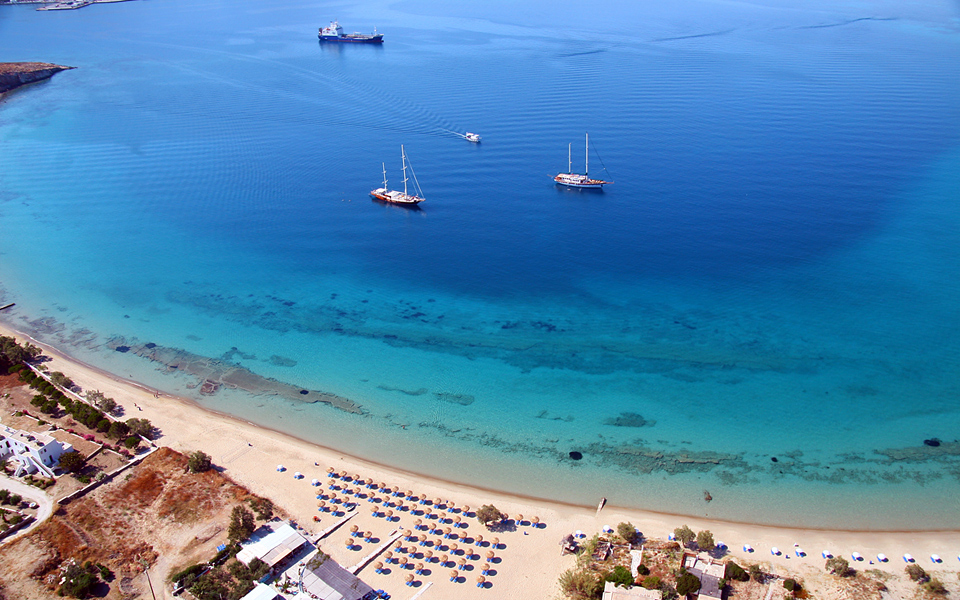
Fountis possessed the needed talent, boldness and knowhow to take off on flights at any given moment, from elevated points or beaches with windy conditions, and, concurrently, control his paramotor and maneuver for the right lighting conditions, the ultimate objective being to document the experience from a bird’s eye view. He begun flying on a small two-seat aircraft at the age of 20 and seven years later, he became Greece’s only registered paramotorist-aerial photographer.
He adored Crete, his homeland, Kefalonia and the Cyclades. “He was crazy about the islands. One day, he flew from Andros to Tinos and Mykonos on his paramotor! The people would wave from below and he made stops for refueling. As his next venture, he was planning to fly from Piraeus to Crete. He was ecstatic. He would always land with a smile on his face,” his widow says.
She now manages the archive he left behind. A photo book titled Flying in Greece, presenting a selection of roughly 62 mountain and island regions around Greece, an ideal tool for tourism industry professionals, is in the process of being published. *For further information contact [email protected]

